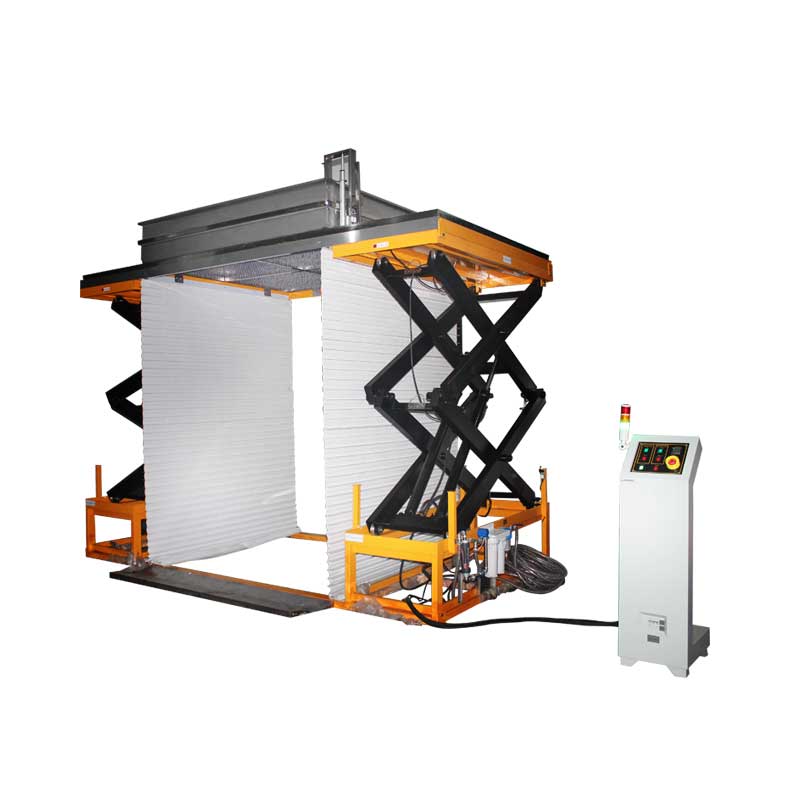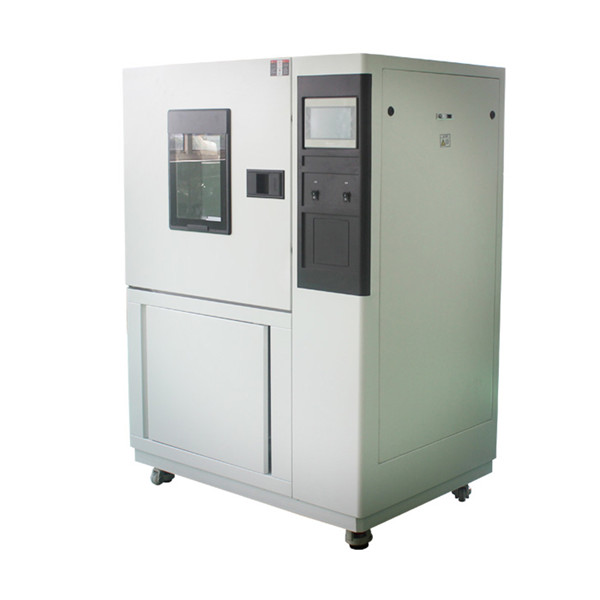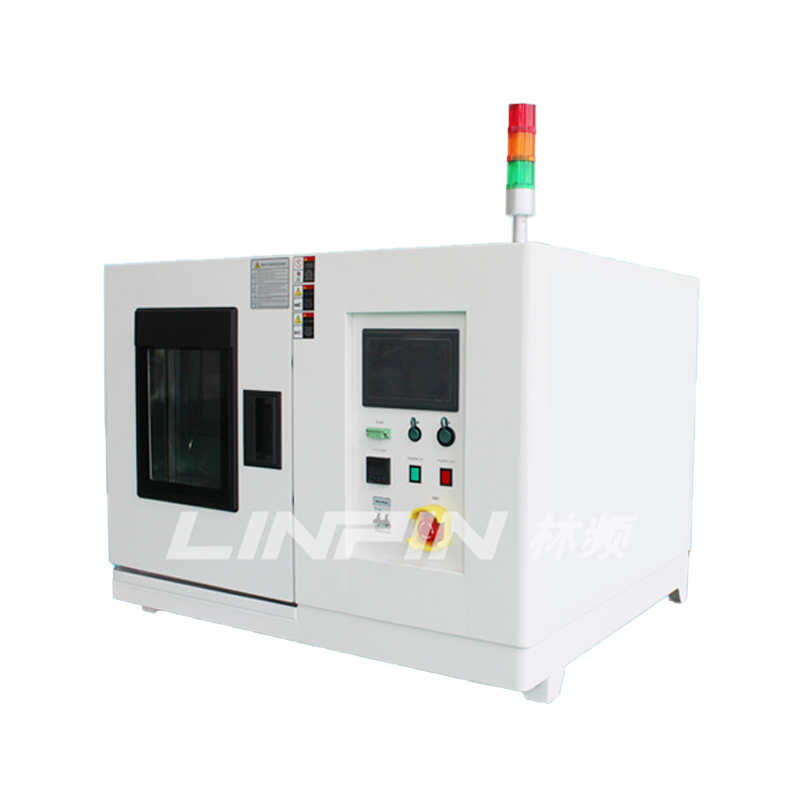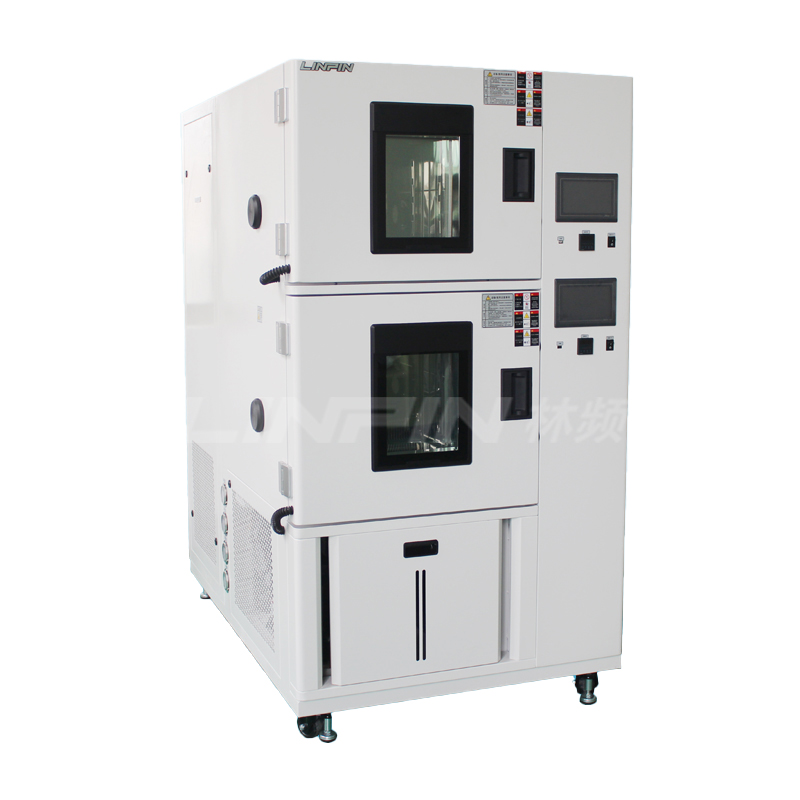Ensuring Battery Performance: The Critical Role of Constant Temperature and Humidity Chambers in New Energy Vehicle Battery Testing
Author:LINPIN Update Time:2025-07-02 Source:LINPINIn new energy vehicle battery testing, constant temperature and humidity chambers play a vital role in ensuring battery performance. These chambers are precision devices capable of accurately controlling temperature and humidity, enabling the simulation of various environmental conditions for battery testing.
Firstly, constant temperature and humidity chambers can simulate extreme temperature conditions, such as high or low-temperature environments. This is crucial for evaluating battery performance, as temperature significantly impacts battery behavior. In high-temperature environments, batteries may overheat, leading to performance degradation or even failure. Conversely, in low-temperature conditions, battery capacity and power output may diminish. By conducting temperature tests in these chambers, the performance of batteries under different thermal conditions can be thoroughly assessed.
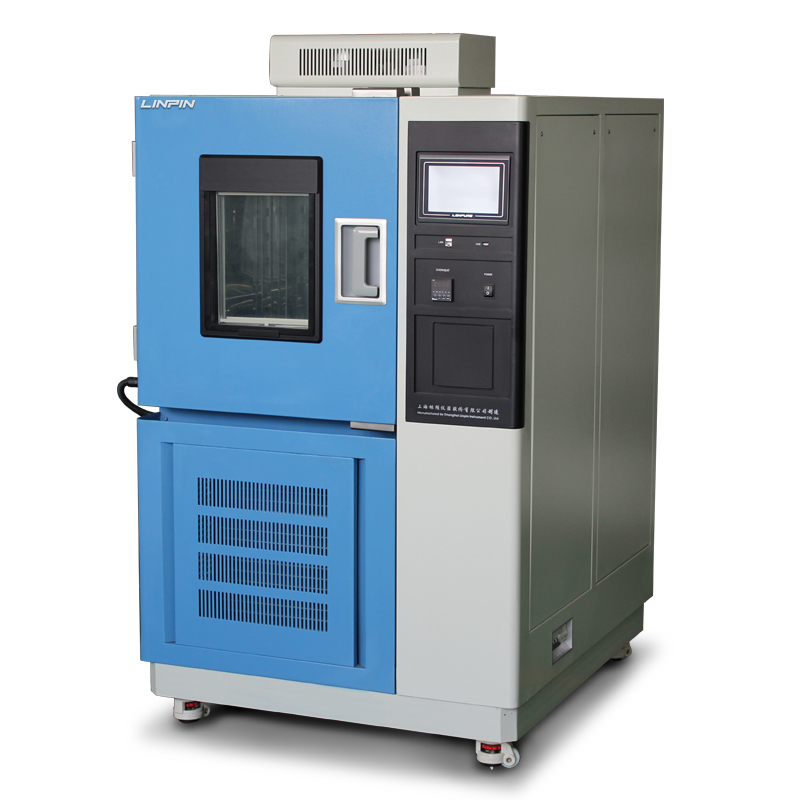
Secondly, constant temperature and humidity chambers can also replicate humidity conditions. Humidity similarly exerts a significant influence on battery performance and lifespan. Excessive humidity may cause internal corrosion or other adverse reactions within the battery, thereby reducing its efficiency. Humidity testing in these chambers allows for the evaluation of battery stability and reliability under varying moisture levels.
Thirdly, constant temperature and humidity chambers provide a stable testing environment for assessing battery reliability and durability. By simulating real-world operating conditions, they enable more accurate evaluations of battery performance and lifespan, thereby offering valuable insights for the design and manufacturing of new energy vehicle batteries.
In summary, constant temperature and humidity chambers are indispensable in new energy vehicle battery testing. They deliver precise temperature and humidity control, facilitate the assessment of battery performance and stability across diverse environmental conditions, and ultimately ensure the performance and reliability of batteries.

